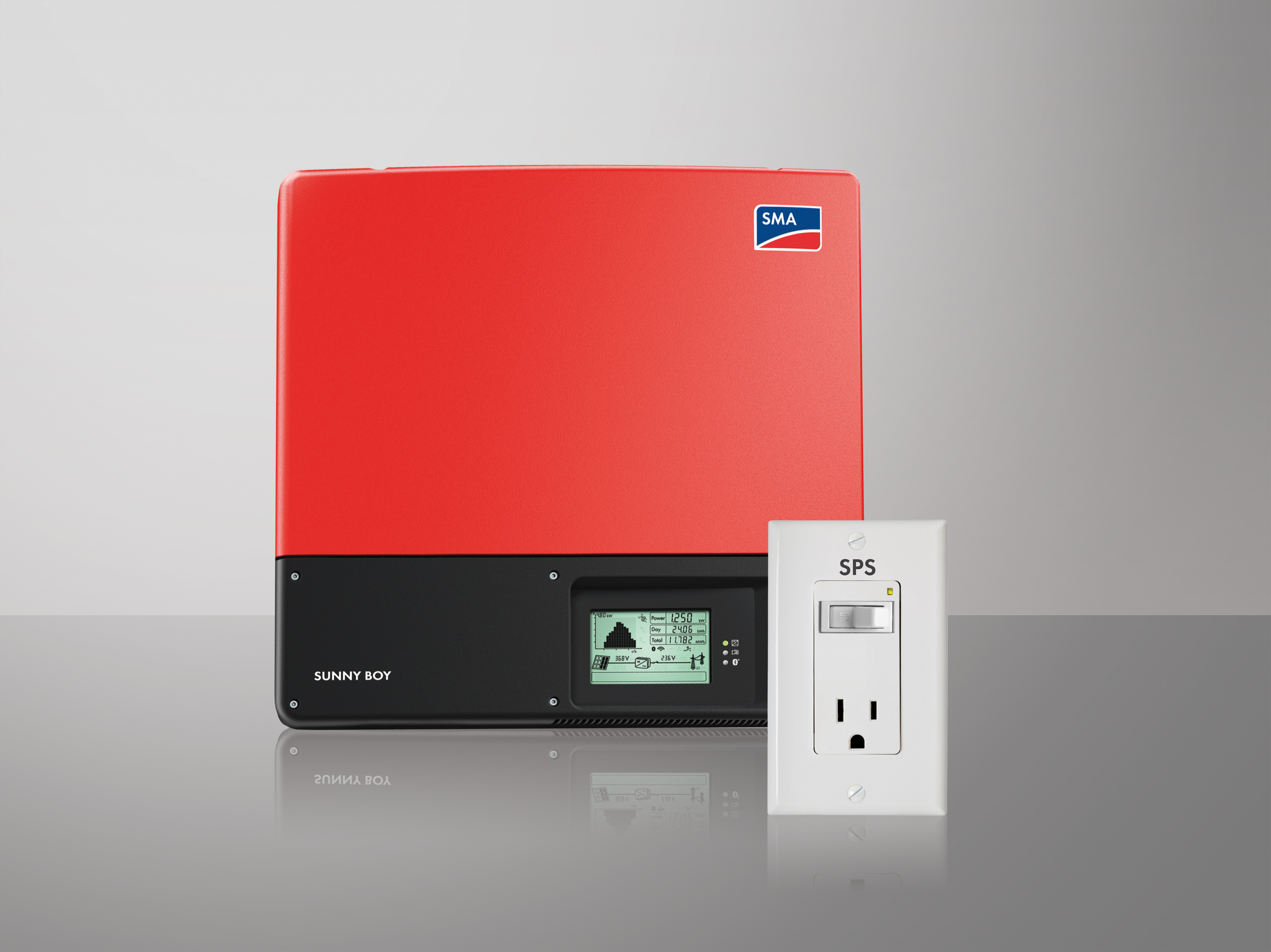Part 4: How does the Sunny Boy TL-US stack up against module-level systems?

Time is money
Now that we’ve covered some of the technical differences between module-level power electronics and the Sunny Boy TL-US with Secure Power Supply, it’s time to discuss potential financial implications of choosing Enphase micro inverters or SolarEdge power optimizer systems.
Right off the bat, material costs increase with either solution. For a 5 kW system, installers report that a SolarEdge system costs approximately $300 more than a project that could easily use a Sunny Boy TL-US with Secure Power Supply. That figure is increased nearly seven-fold with Enphase systems, which installers estimate cost $2,000 more than those with SMA’s most advanced residential inverter.
However, these materials costs pale in comparison to the additional time and manpower required to install and service systems with Enphase or SolarEdge. And, as with all PV projects, time is money for installers and homeowners.
Increased labor
From the very beginning, these systems require more labor, particularly on the rooftop where work is most strenuous, expensive and risky. For the same 5 kW system mentioned above, it takes an additional hour to install Enphase micro inverters or SolarEdge power optimizers compared to the Sunny Boy TL-US with Secure Power Supply. That’s because the Sunny Boy TL-US with Secure Power Supply uses 22 connections while the same size project with Enphase or SolarEdge devices require almost triple, roughly 62 connections. Not only does that greatly increase array wiring complexity, but also cable management time with nearly three times as many cables to be clipped, zip-tied or otherwise properly secured beneath the array.
Those labor costs can compound throughout the life of the system as additional components result in more possible points of failure, potential installation errors and issues with cable management. Moreover, experience shows that DC-related issues are a top reason for service calls, requiring even more manpower later to diagnose and repair.
Let’s put an hour of labor into monetary terms. US Solar Market Insight estimates the average cost of a 5 kW system is $25,000. Assuming 15 percent labor costs and a six-hour install time, the cost per hour is $625 for the installation. That is a cost incurred at the start for just the difference in standard installation times and it multiplies with each service call, resulting in significant costs over the life of the system.
Communication is key
Both Enphase and SolarEdge rely on power line communication within their systems, which are unreliable and often lead to additional time and labor costs. Not only does SolarEdge use power line communication between its optimizers and inverter, but also requires a wireless connection to the customer’s router, creating additional points of failure and reliability issues from day one.
Enphase’s communication system poses its own set of headaches for installers. According to its installation manual, it takes an average of 20 minutes for the Envoy to detect all of the Enphase micro inverters in a residential system. However, installers report—on Enphase’s own community forums—that most of these installations actually require relocating the Envoy power supply at least once, adding another 20 minutes per attempt for up to two hours.
But the time spent on system communication doesn’t end there. One-third (29 pages) of Enphase’s troubleshooting manual is dedicated to communication, which produces the majority of its support needs. Solar professionals have even stated that 60 percent of installations using Enphase micro inverters require troubleshooting for customers’ self-inflicted communication errors.
With the Sunny Boy TL-US with Secure Power Supply, communications is truly hassle-free. Multiple communication options allow for a highly-controllable inverter and that can be monitored on Sunny Portal from anywhere on the planet via an Internet connection. Whether communicating through RS485, or SMA’s plug-and-play Webconnect, installers can find an optimal solution to their monitoring needs.
Module level monitoring = unnecessary service calls and false alarms
Enphase and SolarEdge are united on their monitoring claims: module-level monitoring eases O&M concerns and costs. In reality, module-level monitoring is only good for finding failed micro inverters and power optimizers, which must be replaced. Device replacement is not O&M and the unreliability of power line communication systems for monitoring immediately defeats any advantages of module-level monitoring.
Monitoring with the Sunny Boy TL-US with Secure Power Supply, on the other hand, is done at the MPPT level. It uses detailed DC operational data to monitor the health and performance of the PV array with no added components to compromise system reliability. Moreover, SMA’s RS485 and Webconnect systems produce reliable reporting and communication data and, when used with Sunny Portal, give installers the ability to adjust settings for their O&M operations versus customers’ accessibility for monitoring and system control.
The final part
Stay tuned for the final installment of How does SMA stack up against module-level systems?, which delves into operations and maintenance of residential arrays with module-level power electronics versus with the Sunny Boy TL-US with Secure Power Supply. Miss our previous posts? Click here for Part 1, Part 2 or Part 3 to get caught up.





Feel free to contribute!